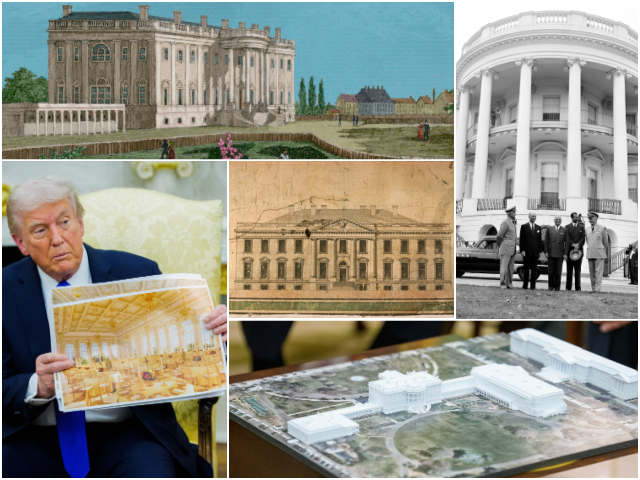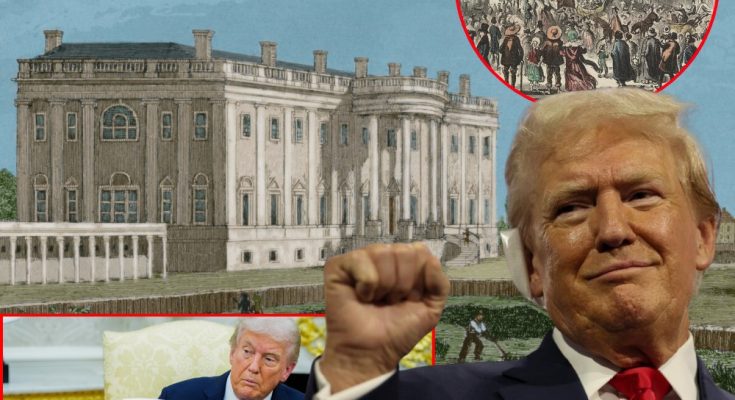
On November 2, 1800, President John Adams penned a quick letter to his beloved wife, Abigail, to inform her that he had arrived in the new capital city and that their still unfinished residence—which he simply called “the President’s house”—was “habitable.” He ended with a hopeful prayer: “I pray Heaven to bestow the best of Blessings on this House and all that shall hereafter inhabit it. May none but honest and wise Men ever rule under this roof.”
His prayer turned out to be more aspirational than predictive. Although I’m certain the Almighty has bestowed His blessings on our nation, the inhabitants of that house have been a mixed bag of dishonest and foolish along with honest and wise.
And almost none of them lived under the same “roof” that Adams did. The structure that we now call the White House has been burned, trashed, demolished, dilapidated, gutted, and subjected to every kind of indignity — from poor taste to debauchery — for the past 225 years. The only thing connecting the current structure to the barely “habitable” building that Adams first entered is some of the sandstone exterior walls.
The White House has been a work in progress from the moment architect James Hoban won the design contest to build it. The current structure at 1600 Pennsylvania Avenue was mostly reconstructed 73 years ago by Harry Truman. (Nancy Pelosi and Chuck Schumer are older than the White House interior!)
Every White House renovation has been a source of controversy. And nearly all additions to the “People’s House” — including the ones that we now regard as iconic — were denounced at first by critics.
The current hysteria over President Donald Trump’s Big Beautiful Ballroom is the latest in a long history of Washington architectural naysaying that is as perennial as the Potomac cherry blossoms and as old as the White House itself.
There is nothing remotely “unprecedented” or “undemocratic” about Trump’s building project. It’s by far the most precedented thing he’s ever done in Washington. In fact, it would be truly unprecedented if a president who is world-famous for restoring historic buildings didn’t make changes to the White House. He is the most qualified person in the world to build a ballroom, and he’s doing it for the right reasons (to improve the property for everyone) and in the right way (without taxpayer money), all in keeping with the best traditions of his predecessors.
Any honest review of the historical record will show that the “People’s House” has endured far worse insults to its structural integrity and cultural dignity than anything Trump could or would do to it.
So, let’s review the history…
Thomas Jefferson’s Un-Democratic Colonnades
As noted, John Adams was the first occupant of the building that would be nicknamed “The White House” due to its whitewashed exterior, which was added to protect its porous sandstones from Maryland’s swampy weather. Adams didn’t live there long enough to do anything to the house, which, in those early years was barely “habitable,” let alone hospitable. His successor, Thomas Jefferson, was the first president to leave his mark on the structure.
As anyone who has visited Monticello can attest, Thomas Jefferson was a man of impeccable architectural taste. As a lover of the Palladian architectural style that was popular in 18th century Europe, Jefferson commissioned the architect Benjamin Henry Latrobe to add two Palladian-inspired colonnades to the east and west of the residence, creating covered walkways that connected the house to service “wings” that would later be built (and rebuilt).



